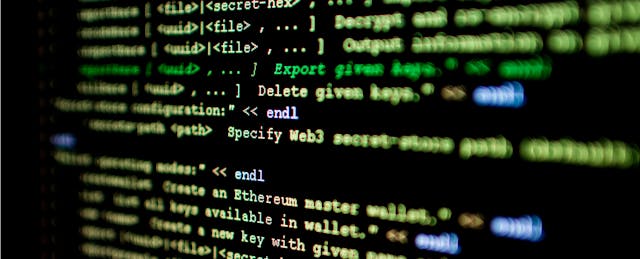My three children—aged six, eight, and nine—enrolled in a US public school last year (having moved from Europe). Since last fall they’ve already submitted digital data about their demographics, household income, ethnicity and legal status, food intolerances, medical profiles, grades and socio-emotional skills. Every activity on computers and the software applications they use in class further generates data about them everyday.
That’s a huge and sensitive trove of data collected in just five months—data that has gone to parties unknown to me and out of my control. How that data is used, at any point in their lives, may influence what jobs my children might end up doing, what kind of houses they may be able to afford and what lives they may end up living. While there are laws in place such as the Families and Educational Rights and Privacy Act and the Children’s Online Privacy Protection Act that provide a baseline for protecting student privacy, tech companies can avoid these through various loopholes.
Schools across the globe are experiencing an influx of digital technologies—from systems that allow teachers to monitor computer use in the classroom to adaptive learning applications, machine learning-based programs that modify instruction based on students’ behaviour and proficiency. Investments in the education technology sector have been steadily rising, with recent global estimations of $9.5 billion.
Big data in education is concentrating in the hands of tech companies and, as with any other digital products and applications that we use daily to track, record and manage our lives, we become more dependent on and at the mercy of the providers to know what the mountains of data we generate is used for.
When it comes to children’s school data we should ask who controls it, what is it worth and how will it impact their lives. And more importantly, is there an alternative that can give more personal agency over their data?
What is the value of school data?
As students use an ever-growing array of software applications, programs and devices, they generate huge quantities of data, metadata and other sensory inputs while in school. Collectively, this data is of great value to different stakeholders. For example, tech companies use such data to optimize their products and services and to create new ones. Teachers may use it to understand student behavior and plan better instruction. Students and parents may be able to interact with the data and evaluate its impact and also its limitations. Data, in other words, is valuable. However, as it is scattered across the various school systems it remains largely inoperable. Most critically, student data privacy remains in the hands of providers to protect it. Recent cases, however, demonstrate that data privacy and security remain unresolved issues.
Give agency to students by managing data on the blockchain
To begin with, a standard protocol must be designed that can integrate the various school systems and make their data interoperable. Next, a decentralized content-management system must be created in order to avoid a central authority from governing all school data. One solution is to move to so-called ‘smart’ contracts, self-executing computational agreements that verify, enforce and enable any agreement between two or more parties. These can be done thanks to blockchain, the same technology that makes cyber currencies like Bitcoin possible.
Working on a private Ethereum network, a distributed blockchain-based computer system, the ‘smart’ contracts will enable a new form of relationship between students (and their parents) and any other school stakeholder or service provider interested in their data. The ‘smart’ contracts enable an immutable log on the Ethereum blockchain network of every interaction that takes place in reference to students’ data—from new data entries to requests for data access.
At a request to access data, for example, ‘smart’ contracts generate aggregate references to data that is otherwise scattered across the different school systems while at the same time they self-execute the binding terms that students (and their parents), schools and other providers agree upon regarding who will accesses that data and what for. That way, tech companies, and also researchers, policy makers or curriculum designers who want to access school data can have a privacy-honoring way to request access. The agreement can specify which data can be accessed and even for how long the access is permitted.
The new relationships between data ‘owners’ and providers can easily be managed on a decentralized application. Such an application can be like any other application or a website, only this one is with a decentralized (blockchain) architecture, the same one that enables the ‘smart’ contracts. On the one end, its users will be any school stakeholder or provider requesting access to data. On the other end will be the students and their parents, who will control the requests for access and use.
Such decentralised application can also allow students to interact with their own data, understand what kind of data is being generated over time and hopefully demystify data by reviewing its opportunities and limitations. Students can further reflect upon any data—reports or records—and submit their own perspectives and thoughts into the same system. This will allow them to take control over their own learning and become active participants in the learning process.
Making ‘smart’ contracts isn’t easy and it brings its own challenges. But starting a discussion about how to create fairer data exchanges could pave the way for better-informed students—and parents—and for more accountability for providers and various school stakeholders when they access and deal with students’ data.


